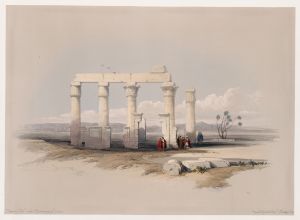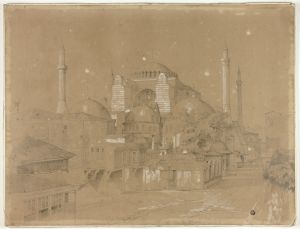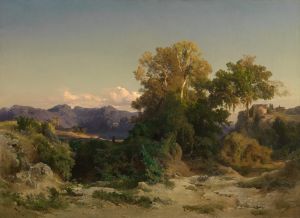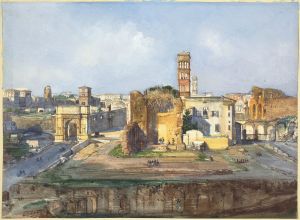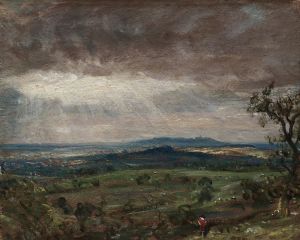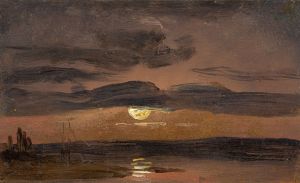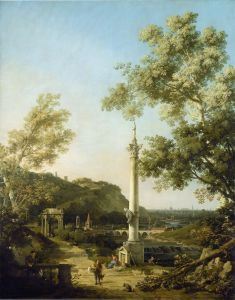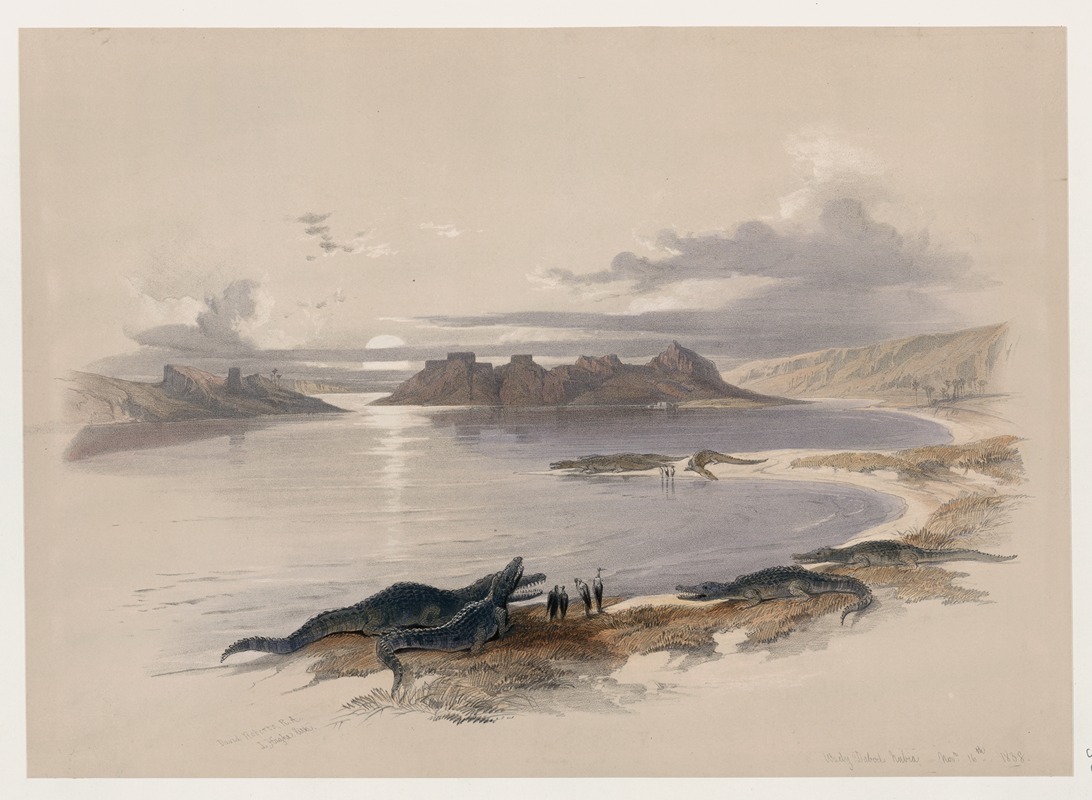
Wady Dabod [Wadi Dabod], Nubia. Nov. 16th, 1838.
A hand-painted replica of David Roberts’s masterpiece Wady Dabod [Wadi Dabod], Nubia. Nov. 16th, 1838., meticulously crafted by professional artists to capture the true essence of the original. Each piece is created with museum-quality canvas and rare mineral pigments, carefully painted by experienced artists with delicate brushstrokes and rich, layered colors to perfectly recreate the texture of the original artwork. Unlike machine-printed reproductions, this hand-painted version brings the painting to life, infused with the artist’s emotions and skill in every stroke. Whether for personal collection or home decoration, it instantly elevates the artistic atmosphere of any space.
David Roberts' artwork Wady Dabod [Wadi Dabod], Nubia. Nov. 16th, 1838 is a lithograph based on a sketch created during his travels in Egypt and Nubia in the early 19th century. David Roberts (1796–1864) was a Scottish painter renowned for his detailed and romanticized depictions of the Middle East and North Africa. His works were instrumental in introducing European audiences to the landscapes, architecture, and culture of these regions during a time of growing fascination with the Orient.
The lithograph depicts Wadi Dabod, a site in Nubia, an area that historically spanned southern Egypt and northern Sudan. The region is known for its rich cultural heritage, including ancient temples and monuments. Wadi Dabod was home to the Temple of Dabod, an ancient Egyptian temple originally built in the 2nd century BCE during the reign of Ptolemy VI and later expanded by Roman emperors. However, the temple itself was relocated to Madrid, Spain, in the 20th century to save it from flooding caused by the construction of the Aswan High Dam. Roberts' depiction predates this relocation and provides a visual record of the site as it appeared in the 19th century.
The artwork was part of Roberts' larger project to document the landscapes and monuments of Egypt and the Holy Land. His journey began in 1838, and he spent over a year traveling through the region, sketching extensively. These sketches were later transformed into lithographs by Louis Haghe, a prominent lithographer of the time, and published in a series titled The Holy Land, Syria, Idumea, Arabia, Egypt, and Nubia between 1842 and 1849. The series was highly acclaimed for its artistic quality and historical significance.
Roberts' works, including Wady Dabod, are characterized by their attention to detail and dramatic use of light and shadow, which evoke a sense of grandeur and timelessness. While the lithographs are not entirely free from artistic interpretation, they remain valuable historical records of sites that have since been altered or lost.
This particular lithograph, dated November 16, 1838, reflects Roberts' interest in capturing the essence of Nubian landscapes and architecture. It serves as a testament to the artist's skill and the historical importance of the region during his time.





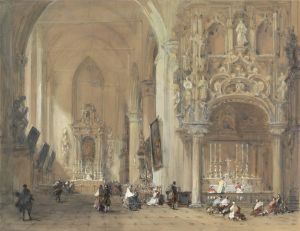
![Excavated temples of Aboosimble [Abû Sunbul], Nubia.](/imgs/217481/s/david-roberts-excavated-temples-of-aboosimble-abu-sunbul-nubia-2ca5e7e8.jpg)
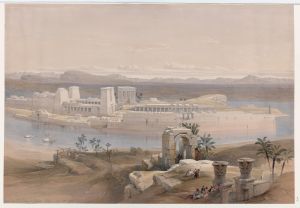
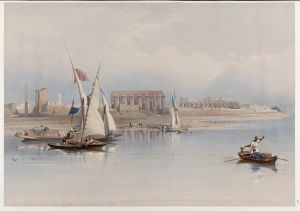
![One of two colossal statues of Rameses [sic] II. Entrance to the Temple at Luxor.](/imgs/217522/s/david-roberts-one-of-two-colossal-statues-of-rameses-sic-ii-entrance-to-the-temple-at-luxor-473c42e1.jpg)
![Pyramids of Geezeh [Giza].](/imgs/217529/s/david-roberts-pyramids-of-geezeh-giza-edcbd9cd.jpg)
